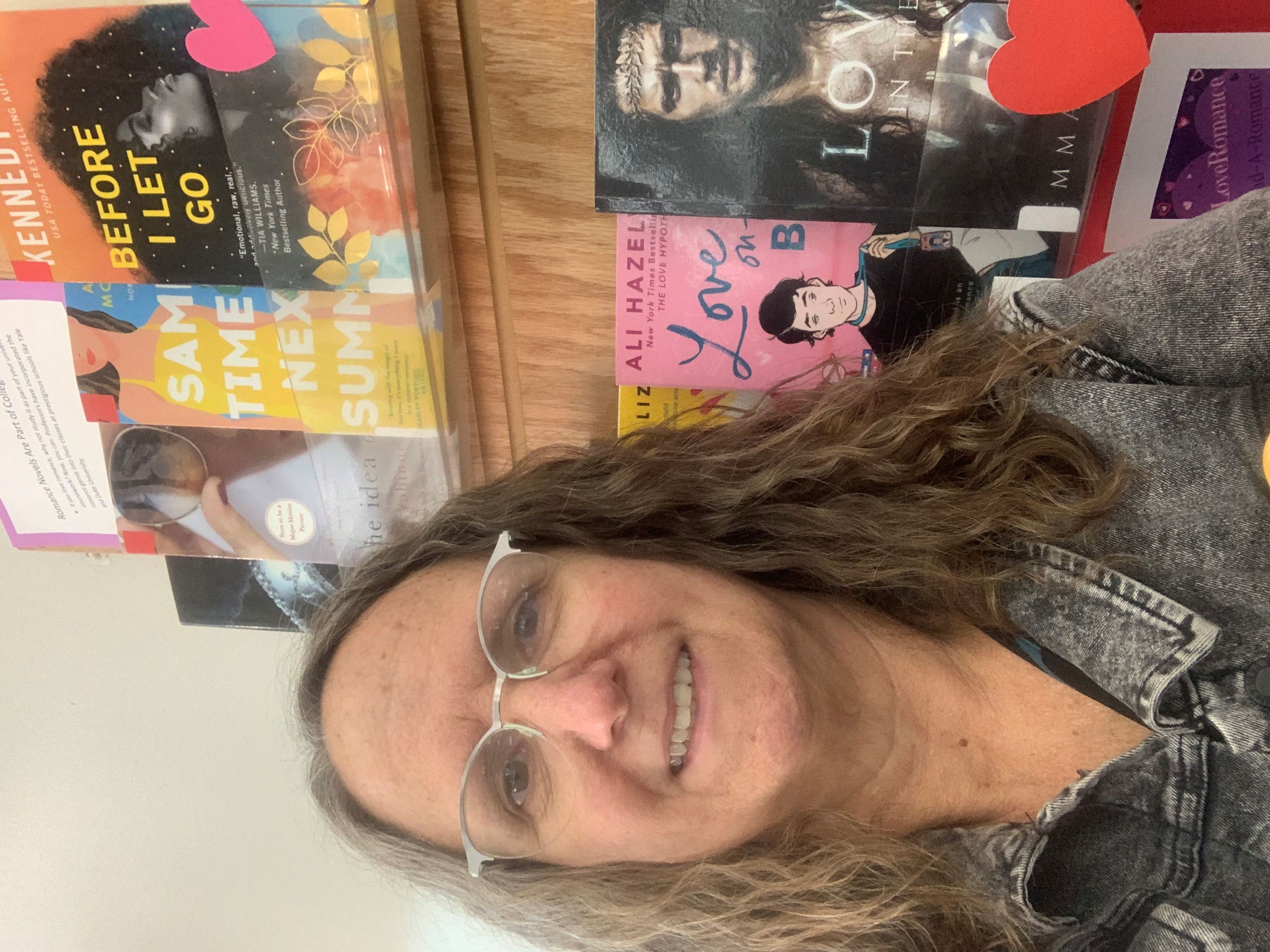At the Library: Celebrating Valentine’s Day, library style
It’s February now, which means Valentine’s Day is approaching. Feb. 14 was originally celebrated as the pagan fertility festival of Lupercalia. With the rise of Christianity, this festival was outlawed, being deemed “un-Christian.” However, the holiday returned with a new name at the end of the fifth century, when Pope Gelasius declared Feb. 14 St. Valentine’s Day after several Romans named Valentine, one of which was martyred on that day in the year 269.
The traditions of gifting your loved one (perhaps including yourself) with small tokens of affection such as hand-made cards, chocolates/sweets, perfumes and other scented body products, lingerie, flowers and jewelry, have been around for centuries. But did you know that different times, places and cultures have commemorated Valentine’s Day in other ways?
Nineteenth century flower dictionaries categorized and gave meanings to every flower. Roses didn’t bloom in February; only the wealthiest had conservatories that allowed them to grow flowers all year long. Instead, Valentine hopefuls sent more common flowers like yellow acacia (meaning concealed love), jonquils (meaning a desire for returned affection) and snowdrops (meaning hope), to convey the message that they secretly adored the recipient and hoped those feelings might be reciprocated. It wasn’t until the 20th century when there were more commercial florists and therefore more availability of flowers at affordable price points, that there was a shift to roses (whose colors had meanings of love, devotion, passion and more) as the Valentine’s Day flower of choice.
In Germany, pigs, a German symbol of luck, are incorporated into Valentine’s gifts. Germans also gift large heart-shaped gingerbread cookies, which include personal messages, to their sweethearts. In the Philippines, the government performs mass marriages on Valentine’s Day to help couples that can’t afford their own weddings. Japanese women traditionally offer Valentine’s chocolates to men to confess their romantic feelings on Feb. 14, with Japanese men reciprocating with gifts exactly one month later on March 14, known as White Day. Valentine’s Day can even celebrate more than just romantic love. Several countries in Latin America, as well as Estonia and Finland, celebrate platonic love between friends.
However the holiday is celebrated, if you’re craving romance this February, Neill Public Library can help you with ideas for celebrating.
If you can’t get reservations at your favorite restaurant on Valentine’s Day, why not dine at home? Cookbooks such as “Dinner Just for Two” by Christina Lane or “Dishes for Two: 100 Easy Small Batch Recipes for Weeknight Meals & Special Celebrations” will help you create a delicious home cooked meal for you and your loved ones.
Want to make a homemade card or gift for a special someone? Check out “The Complete Photo Guide to Cardmaking” by Judi Watanabe, Martha Stewart’s “Encyclopedia of Crafts: An A-Z Guide with Detailed Instructions and Endless Inspiration” or “Making Scented Soap: 60 Fragrant Soaps and Bath Bombes to Make at Home” by Linda Hamblen.
Of course, there are books you can share together. My husband loves to listen to me read, and some of our favorites include “The Complete Poems and Songs of Robert Burns” by Robert Burns, or romance novels like “The Love Hypothesis” by Ali Hazelwood, “The Duchess Deal” by Tessa Dare, or “The Pilot and the Puck-Up” by Pippa Grant.
Whatever it is you’re looking for during this romantic season, there’s a book for you and your Valentine on our shelves.
Lewis is the administrative assistant at Neill Public Library in Pullman.








